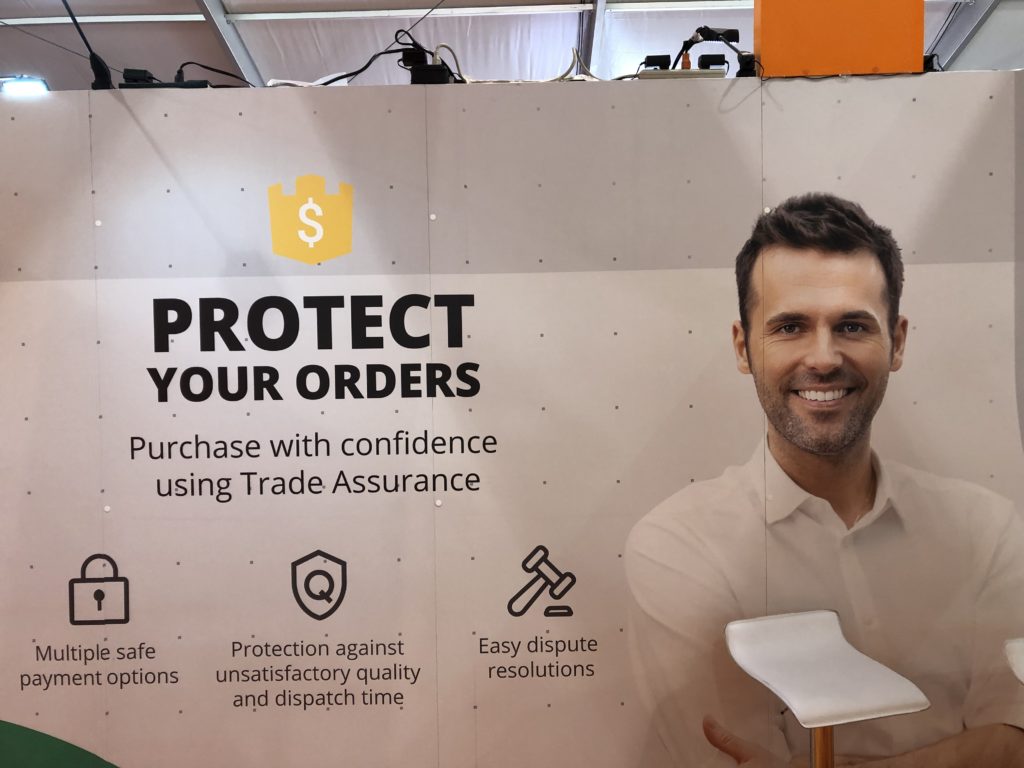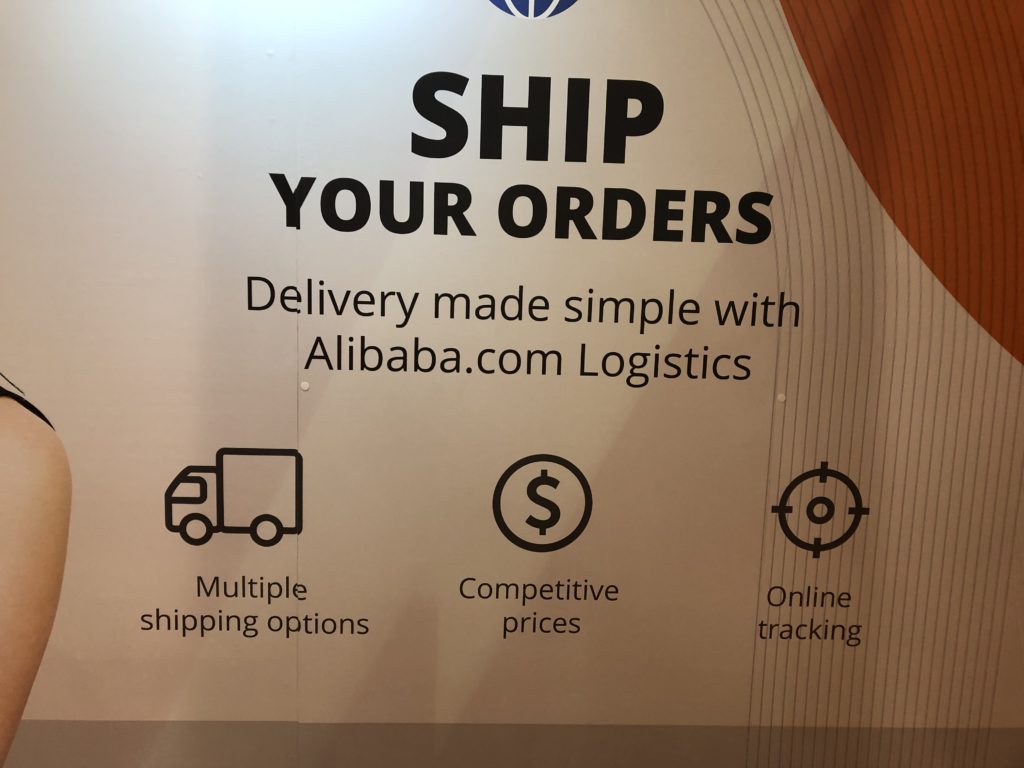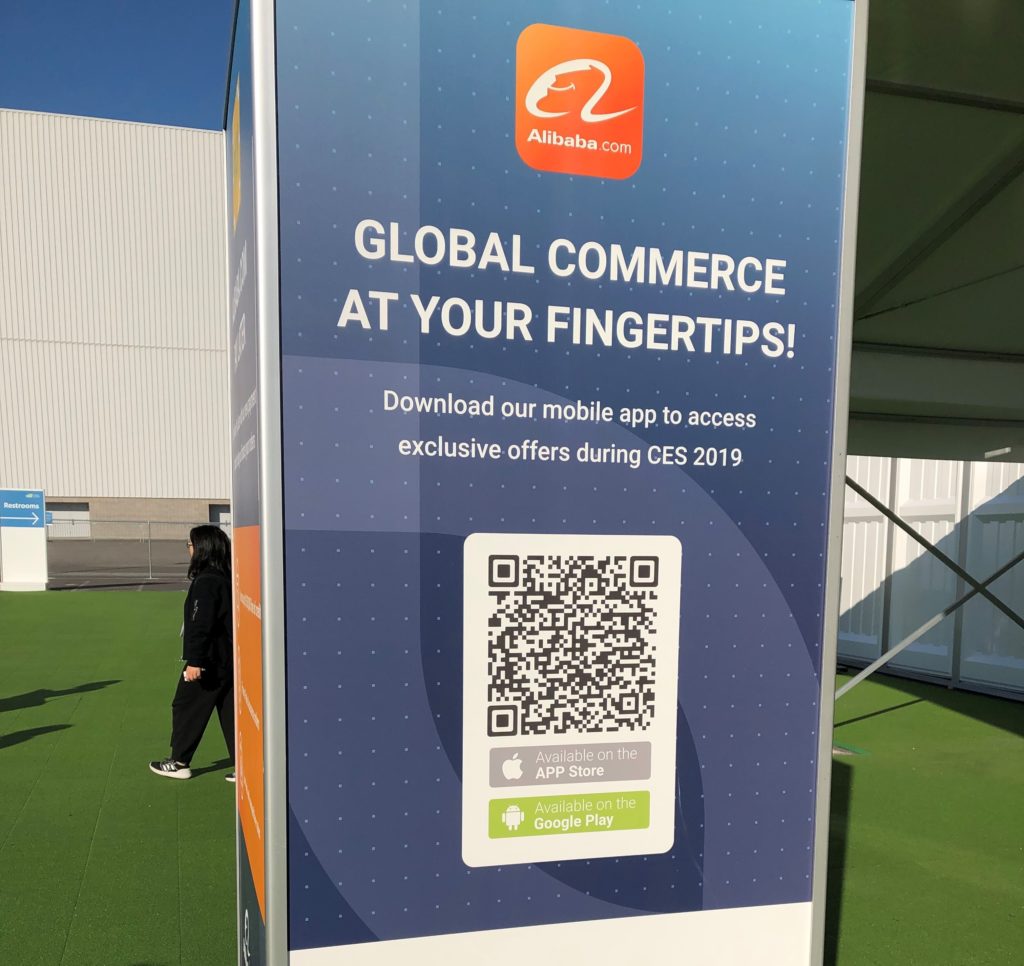In Part 1, I wrote about how Alibaba.com (one their B2B platforms) was attempting to digitize and democratize global trade. They wanted to dramatically expand global trade from something by large companies to something small and medium enterprises (SMEs) could easily do. It was a pretty sweeping idea. And it was one of the 2-3 big things that Jack Ma was working on in his last years at Alibaba.
In his last years when he was operationally active at Alibaba, Jack spent a ton of time flying around the world meeting with governments, especially their Ministries of Trade. He was also pushing hard to get his e-commerce platform eWTP (electronic world trade platform) going. As mentioned, he wanted to “flatten” and democratize global trade.
Basically, make it so any small company could buy and sell around the world. But that meant getting lots of governments to have certain new regulations for ecommerce enabled. So he spent years crisscrossing the globe trying to get those regulations in place in country after country. There was some notable successes, such as Rwanda.
As mentioned, I ended up interviewing the management of Alibaba.com and visiting their exhibit at CES in Las Vegas. They were focusing on US-China as the first axis for this SME-driven cross-border ecommerce platform. Their plan, which was both simple and sweeping, was to create a global B2B marketplace platform and all the digital and service tools such a platform required to function. I said it sounded like they wanted to enable “SMEs to act like MNCs”, in terms of their ability to operate cross-border. They later kind of stole that phrase from me and started using it in their descriptions.
The platform business model for this is simple. It’s a B2B global marketplace. The challenge is creating the digital tools and services that are the enabling capabilities.
Keep in mind that for Taobao, it’s a B2C marketplace connecting Chinese consumers and small merchants and brands. The merchants and brands are mostly domestic, but some international. The required tools and enabling capabilities are payment, logistics / delivery, trust / identification / escrow, etc.
But for a global B2B marketplace you want to connect SMEs everywhere to SMEs everywhere. That means enabling small factories in Texas to order custom parts from small factories in China, who might have ordered custom parts from small factories in the Philippines and so on. It’s way more complicated.
What do you need to make such transactions simple and convenient?
- Information on buyers and sellers? Reviews and feedback?
- Trust? Verified identities? Escrow? Business licenses?
- Payments? Taxes paid? Customs and other government fees?
- Government filings and compliance? In hundreds of countries?
- Logistics and delivery? Globally?
There are very good reasons why SMEs don’t do multinational operations. The transaction (i.e., coordination) costs are too high to do internally or through traditional marketplaces.
Fortunately, at the CES exhibit, Alibaba.com was showing some early versions of their tools and enabling capabilities. I thought 4 tools were particularly cool.
Enabling Capability 1: The App Lets You Search for Products Globally. And By Camera.
Platforms are in the business of lowering Coasean transaction costs. One of the most important of these costs (especially for a global platform) is the search cost. If you a 1-2 person business (say a table designer in Texas), how do you confidently find the right manufactured product in China or India or Rwanda?
Well, now you can download the Alibaba.com app on your smartphone. And you can start searching for the manufactured product you want (say iron legs for your custom tables). The app will show you options from China and from around the world (in theory). This will be based on what you say you want, what you have bought before and what they know about you. But it won’t just search the big manufacturers, it will search hundreds of thousands (millions?) of SMEs. And you can view the ratings and reviews of these suppliers, just like any other e-commerce search.
But different languages is a problem when you’re dealing with tons of countries. So the app lets you search with the camera. You point your smartphone at the product you like (in person or at a photo of it) and the app will search manufacturers for similar products. I tried this at CES by pointing the camera at a microphone – and I immediately got a list of manufacturers with similar products in China.
Enabling Capability 2: Video Conference with Simultaneous Translation
The next step is usually to talk with 5-10 companies you think might be good suppliers. But now communication is a problem.
This is not a one-time purchase like in B2C. This is probably an ongoing relationship with lots of repeated purchases. Traditionally, this has meant flying to China or having staff that speak Chinese. And it used to mean sending lots of faxes (now emails). Communication can be a big issue in cross-border transactions.
However, the Alibaba.com app has a video call tool with simultaneous translation. I tried it at CES and it worked really well. The person I called showed up on my screen and their spoken Mandarin was translated to English text on my screen. My English was translated on their screen to Mandarin.
Enabling Capability 3: Virtual Factory Tours
You would do a factory tour (or have someone do it for you) at this point. Maybe not for something simple like table legs. But for electronics, healthcare equipment and really anything that is complicated that is going to integrated into your products. Quality control is a big part of cross-border transactions.
The search and video calling probably get you down to 3-5 suppliers. But then you want to visit the factory. See the processes. Assess the quality. Meet management. Alibaba has developed a tool that enables virtual factory tours for this step. That’s not bad. Not everything needed but a good start.
Enabling Capability 4: Contracting, Logistics, and Payment
Ok. This is the big one.
You now have the products you want to buy and the manufacturer you want to contract with. And this is where we hit major problems for SMEs trying to do cross-border trade.
- What kind of agreement do we need? In what language? Under what governing law? What clauses do we need? Risks? We definitely need a lawyer for purchases in the tens of thousands of USD.
- What are the regulations for importing these products? Are the regulations different for products from China vs. Vietnam vs. India vs. Brazil? Have they changed recently? What taxes need to be paid?
- How do we send the money? Do we send a down payment? Pay up front? Do we need to have the money held in escrow? What bank? How? Fees?
- Who does the shipping? How do we get it through customs? Then who delivers it after that?
- What if the goods are damaged or not correct? How do we do returns? Who is responsible for the goods in transit?
- What if they just take the money and don’t send anything? Or refuse the returns? What do we do when a dispute happens?
This stuff is pretty complicated, especially if you’re talking about developing economies. This is where Alibaba.com is really offering some great solutions.
- They provide standard contracts for both parties. In the appropriate languages. And that are legal according to current regulations for such a transaction.
- They handle the government services. This is important. Fees are paid. All the forms and required compliance are filed.
- They handle all the logistics. Basically, door-to-door, including through customs.
- They handle payment, with escrow. And they are even beginning to offer credit services for buyers.
- If there are any problems, they have dispute resolution services.
Note their advertisements below.
That’s pretty compelling.
In theory, you can search for the item you want on your smartphone, talk with the manufacturer, tour the factory and the place the order. Because you can trust the legal, government and payment aspects. You can just click and buy – and get your items in about 5-7 days.
In terms of decreasing transaction costs (which is the point of digital marketplaces), that is pretty amazing. “Global commerce at your fingertips” is a good slogan for all of this.
***
And it gets better.
The example I just gave is for a small US company sourcing from a Chinese manufacturer. But the bigger idea is not just to connect US companies and Chinese suppliers. It is to connect all the world’s SMEs. That’s the digitizing and democratizing global trade idea.
Example: A 1-2 person company in Texas could source from suppliers across Asia. And from India. And Latin America. And so on. And they could also sell globally to other SMEs around the world. The same Texas SME that just bought iron table legs from China could then use the app to sell their customized tables to hotels and restaurants in Europe. They could sell to the USA, Asia, Latin America, Europe, and so on. That’s how an SME becomes a multinational.
***
And one idea is actually even bigger than that.
As mentioned in many articles, platforms always start out with 1-2 core interactions – which they standardize and then scale up. Few core transactions have global scale like this one.
However, new user groups and new interactions can then start to emerge. This is how Tencent went from QQ to online gaming. And then to WeChat and payments. And now to ecommerce.
Think about the potential growth vectors for a platform that has digitized and democratized global trade. It could expand dramatically from its 1-2 core interactions. Many other types of user groups could join the platform. These could include designers, financial services companies, influencers, and content creators. A global trade platform is a big idea. And it could also be the foundation of many other big global interactions.
Anyways, that was the idea that Jack was working on. Before China tech crackdown. The US-China situation hasn’t been great for their initial focus on US-China trade. But I still think about it. I’m hoping it will start gaining traction.
Cheers, jeff
——
I write, speak and consult about how to win (and not lose) in digital strategy and transformation.
I am the founder of TechMoat Consulting, a boutique consulting firm that helps retailers, brands, and technology companies exploit digital change to grow faster, innovate better and build digital moats. Get in touch here.
My book series Moats and Marathons is one-of-a-kind framework for building and measuring competitive advantages in digital businesses.
Note: This content (articles, podcasts, website info) is not investment advice. The information and opinions from me and any guests may be incorrect. The numbers and information may be wrong. The views expressed may no longer be relevant or accurate. Investing is risky. Do your own research.




